Fly Sparging vs. Batch Sparging
.jpg)
Fly sparging and Batch sparging are two different techniques used to accomplish the same goal. Sparging is the process of taking the hot water, called sparge water, after the mash, and pouring the hot liquid over the grains to extract as much malt sugar as possible from the grains. This process has a temperature restriction: it must be done at 167-176 degrees Fahrenheit. The sparging technique also changes the flavor of the wort, and is not used for every kind of beer.
Fly sparging, also known as continuous sparging, is the traditional technique of slowly adding the sparge water from a hot liquor tank evenly over the grains, while draining off the wort at the same time. The idea is to keep the same volume of liquid continuously in the sparging tun. It can be difficult to regulate the flow of wort evenly on both ends of the operation, and also to keep the temperature of the wort at a consistent 167-176 degrees Fahrenheit. It requires that there be a heat source under the lautering tun, as the slow trickle can take a long time to finish. Fly sparging allows for the thicker, sweeter wort to be collected apart from the thinner, less sweet solution. This method is clearly superior if you are interested in making a high gravity beer and then a small gravity beer (often referred to as 'small beer').
Batch sparging, on the other hand, is a simplified way to achieve a homogenous wort. With batch sparging, the lauter tun is filled up with water, stirred, and then wort is drained off and poured back into the top of the lauter tun for vorlaufing. After recirculation, the lauter tun is drained into the kettle for the boil. A second and/or third "batch" of sparge water is added to the mash and stirred. The wort is recirculated again and drained into the boil kettle. Batch sparging is much faster and can often be tooled more easily than fly sparging, and so a lot of home brewers are going this route.
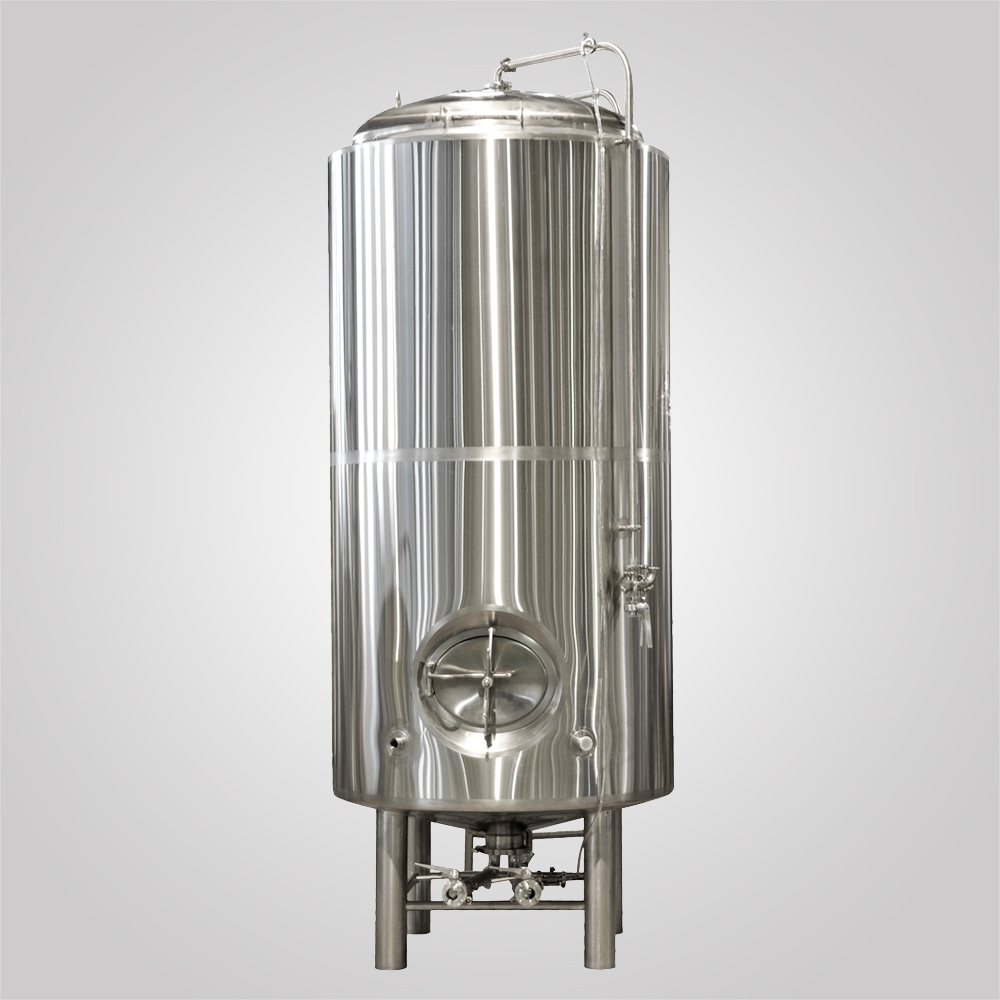
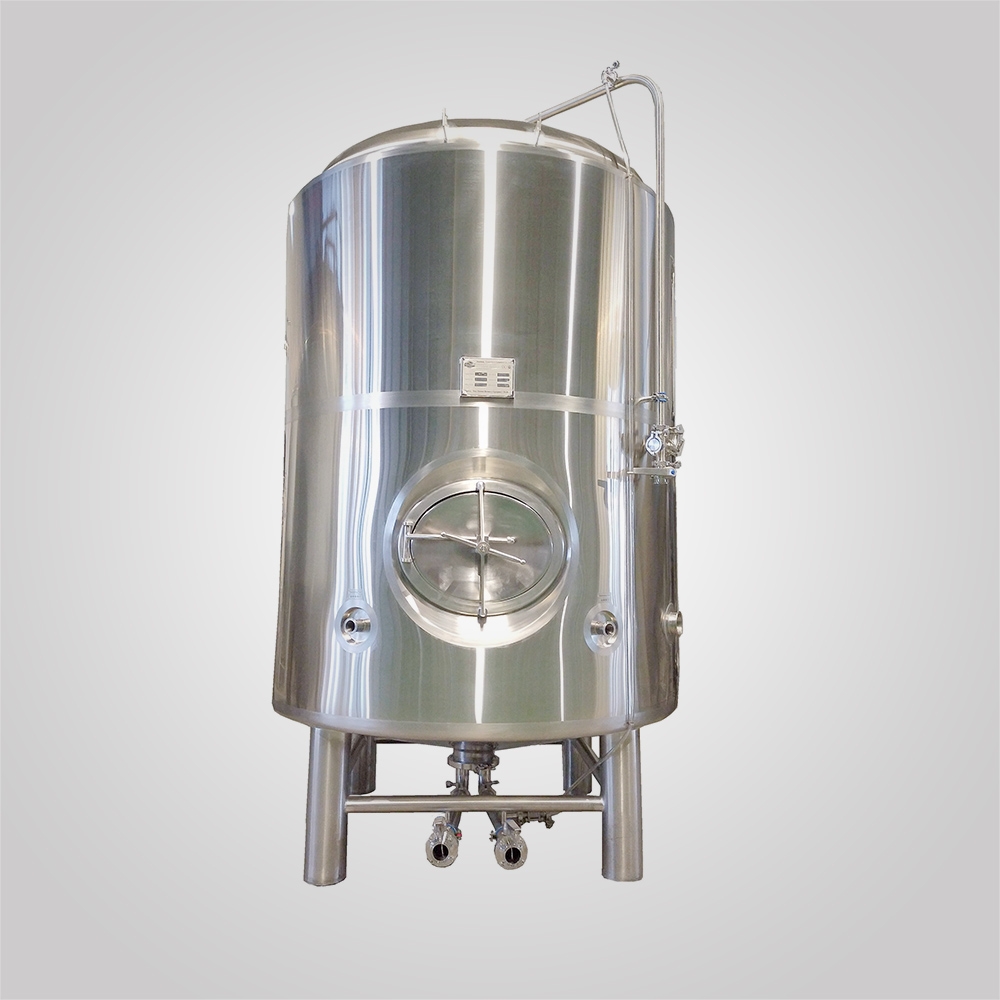
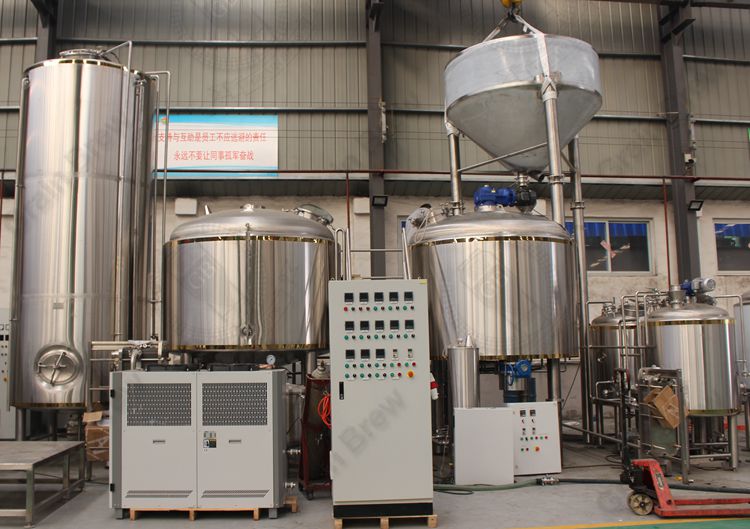
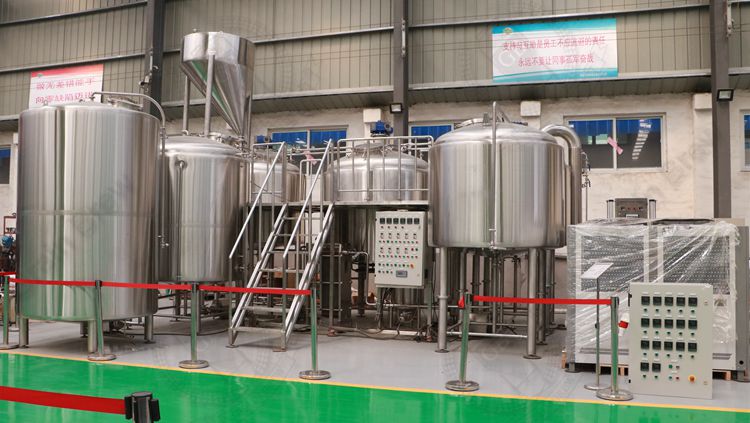
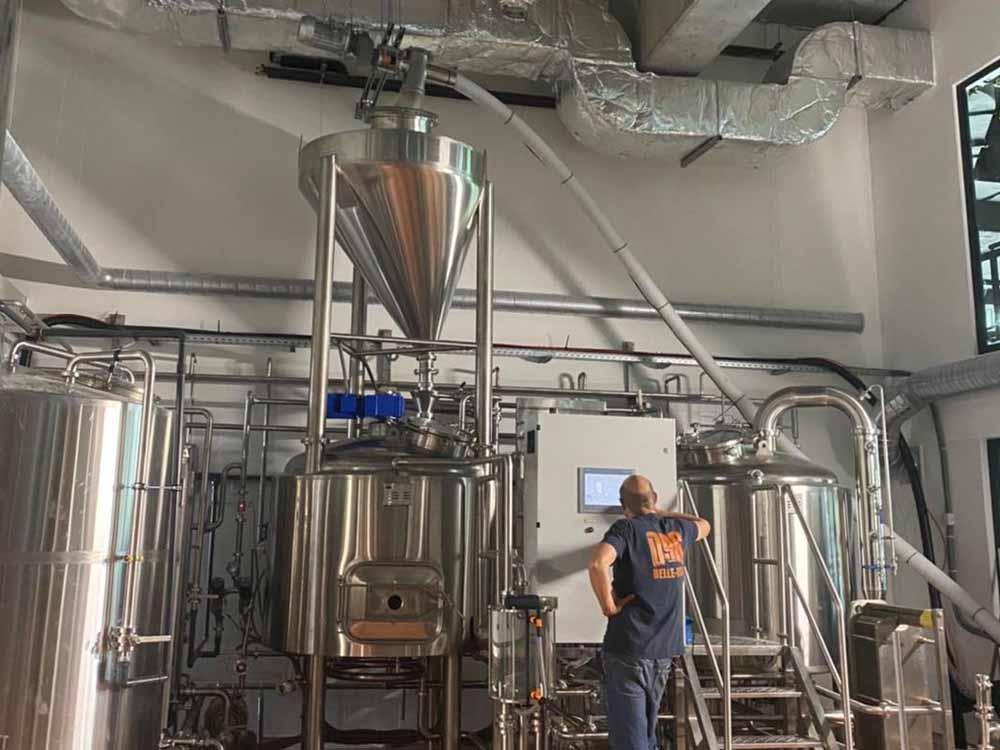

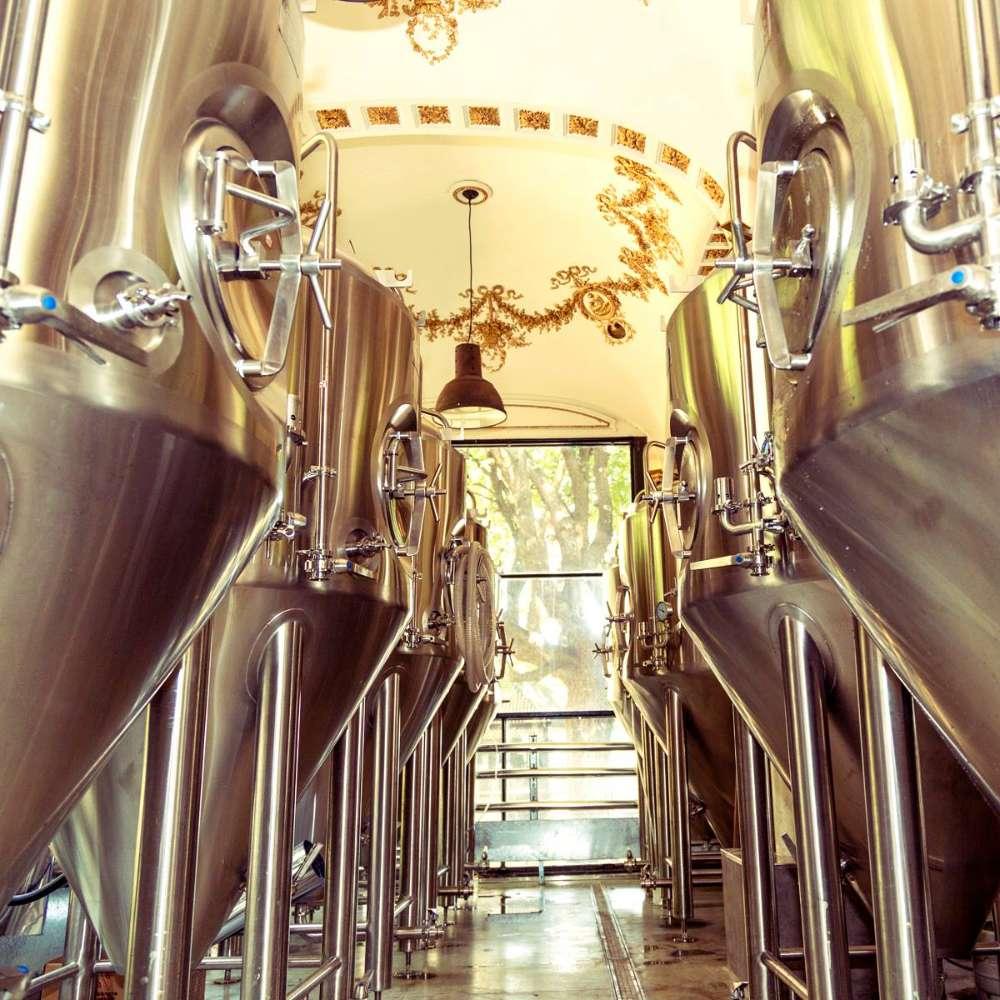
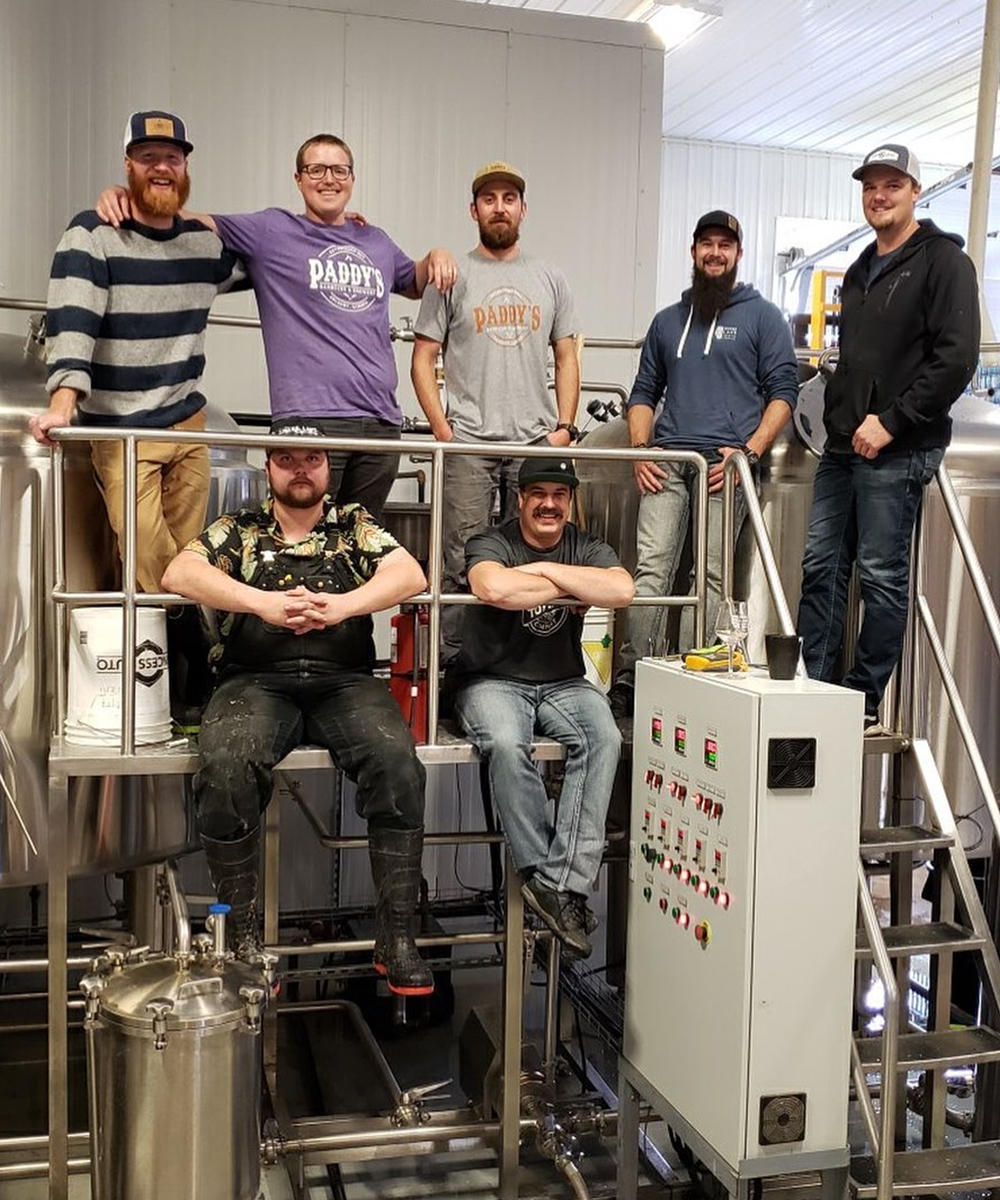
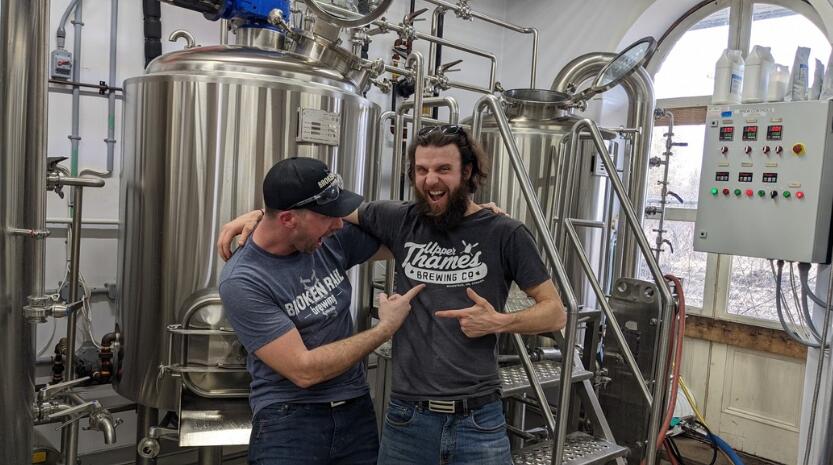
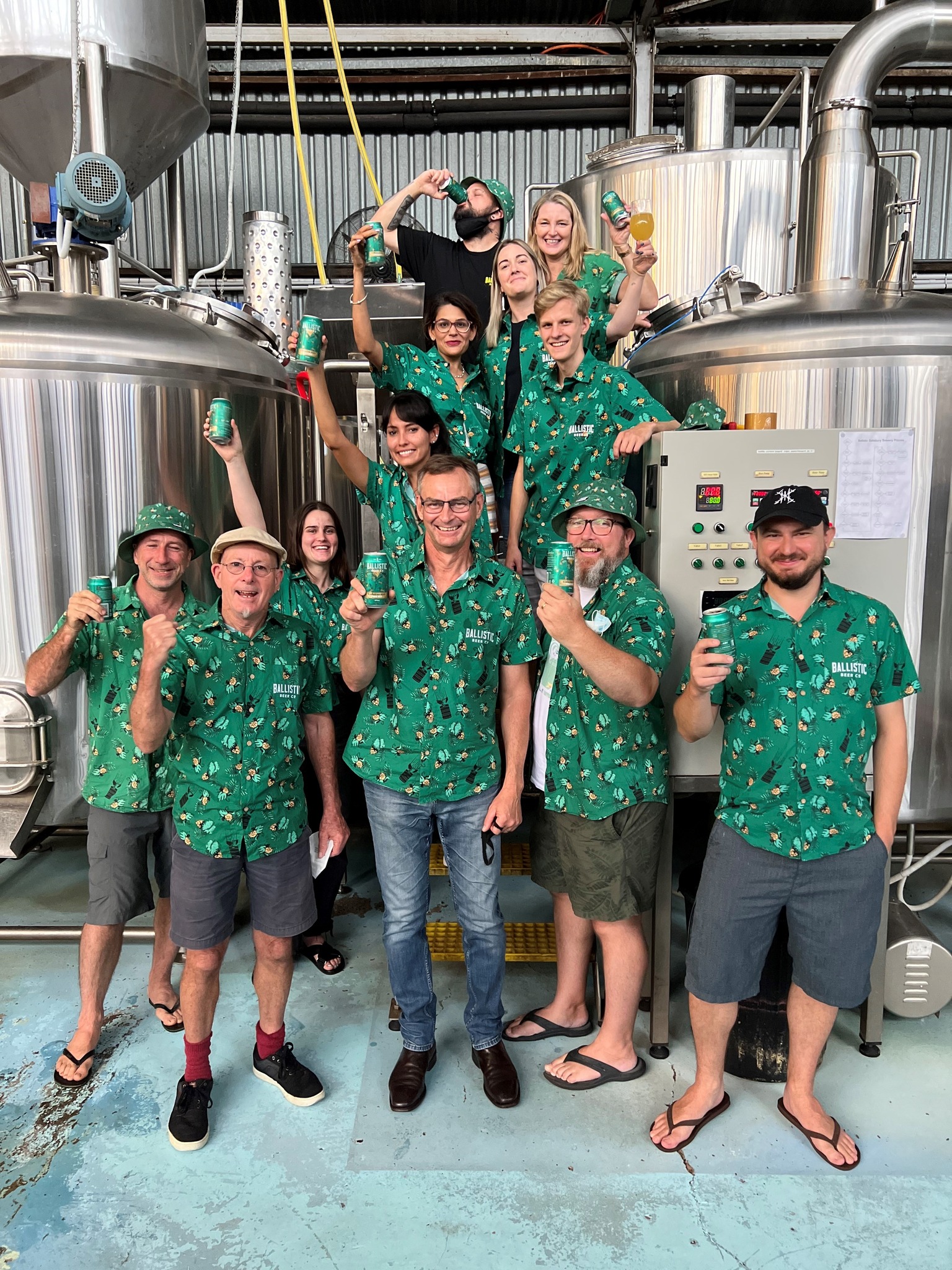
Get A Quote